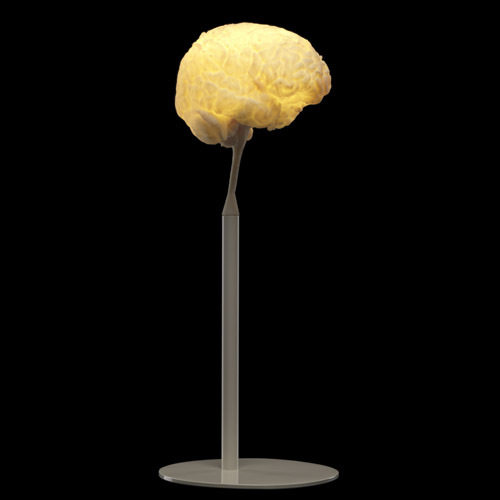Contrary to our previous beliefs, identical twins are not genetically identical. This surprising finding is presented by American, Swedish, and Dutch scientists in a study being published today in the prestigious journal American Journal of Human Genetics.
“Even though the genome is virtually identical in identical twins, our results show that there in fact are tiny differences and that they are relatively common. This could have a major impact on our understanding of genetically determined disorders,” says Jan Dumanksi, who co-directed the international study with his colleague Carl Bruder.
These researchers studied 19 pairs of identical twins and found that they indeed had the same DNA but nevertheless evinced differences in the number of copies of individual DNA segments. A segment might be missing, or more copies might exist in one twin. This could explain how one identical twin can be afflicted with a disorder while the other twin remains fully healthy, according to the scientists.
This calls into question the results of genetic studies that assumed genes were the same between twins.
I wanted to know how large the differences were, so I went to the actual
journal article. What I found more interesting than the genetic differences between twins was the genetic differences between cells in each person's body. While these sound like two different phenomenon, they are actually two ways of looking at the same thing, as identical twins started off with identical DNA and the only way they can differ is if the DNA of each twin changes.
How much does the DNA within each person's body differ between cells?
On the basis of the detection of one megabase-range, confirmed CNV among ten unselected, phenotypically concordant MZ twin pairs next to several potential ones with a lower degree of cellular mosaicism and/or smaller size, the de novo posttwinning CNV frequency could be as high as 5% on a per-individual basis or 10% per twinning event.
Ahh, I have to clue what that means. What I do know is that the changes are not usually of the small single base pair variety (
SNP) but rather of large sections of DNA (
CNV).
This also makes me question the usefulness of
individual genome sequencing, if the DNA in each organ differs from one another. And even the cells inside a particular organ might differ from one another as seen by the differences in blood cells:
Both methods confirmed the presence of the deletion and indicated that it was present in approximately 70–80% of blood cells from D8.
Sequencing the DNA from blood cells would miss a CNV which leads to Alzheimer's if it only occurred in the DNA of brain cells. Instead of sequencing DNA from just the blood, it might be necessary to take some from each organ. Instead of thinking of a single genome that is present in every cell, now we need to start talking about probabilities of specific mutations occurring in each cell.
With each cell division more copying errors occur. Therefore a genome sequenced at birth will differ from one taken at age 70. And genetic diseases are likely to come from these copying errors. Instead of having just one genetic sequencing done, it order to catch those genetic defects that lead to disease, it might be necessary to have them done every 20 years.
Besides the value to science, this study will also help the entertainment industry, as it has CSI episode written all over it.
via
Physorg
Read More...
Summary only...






















